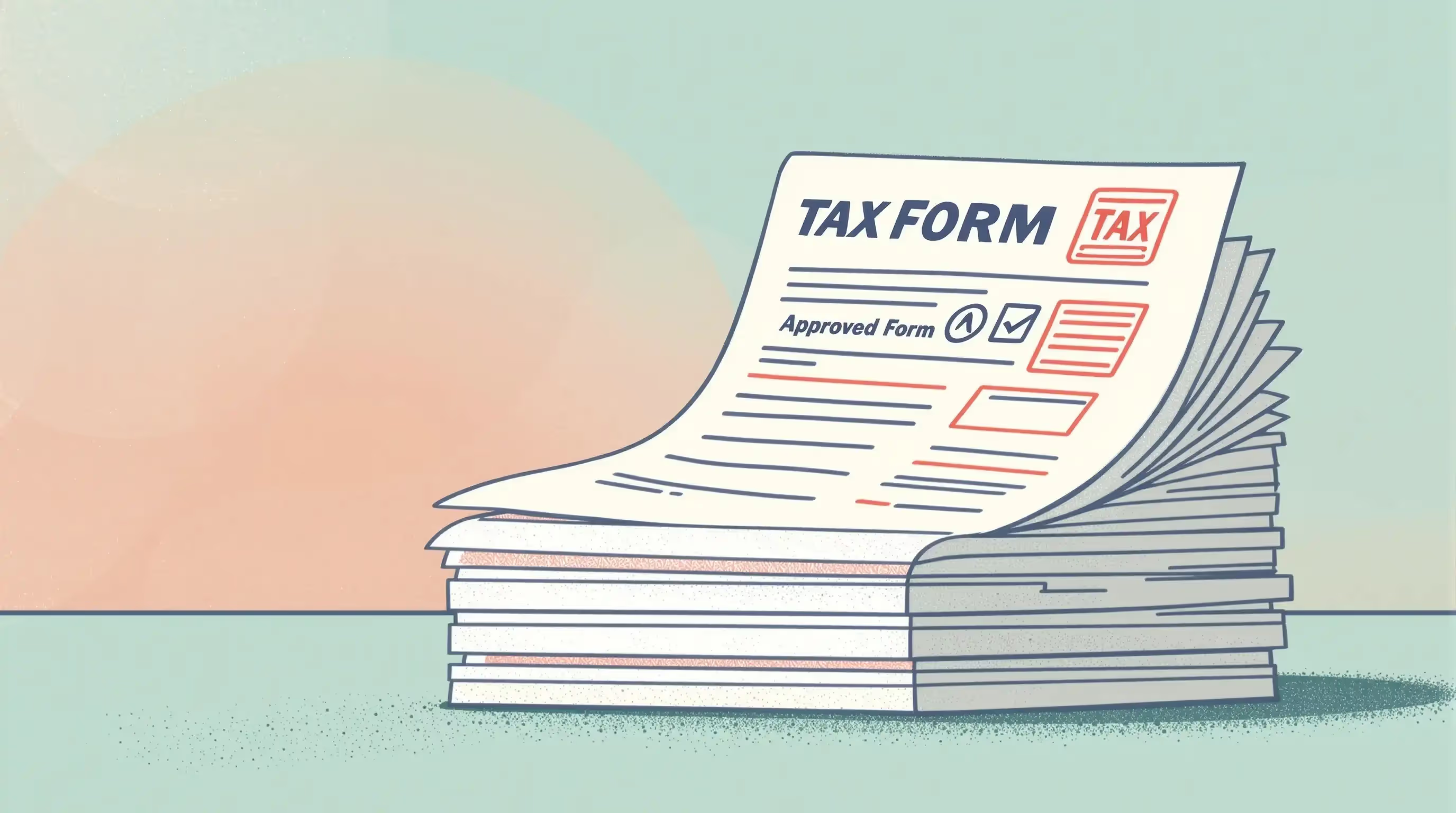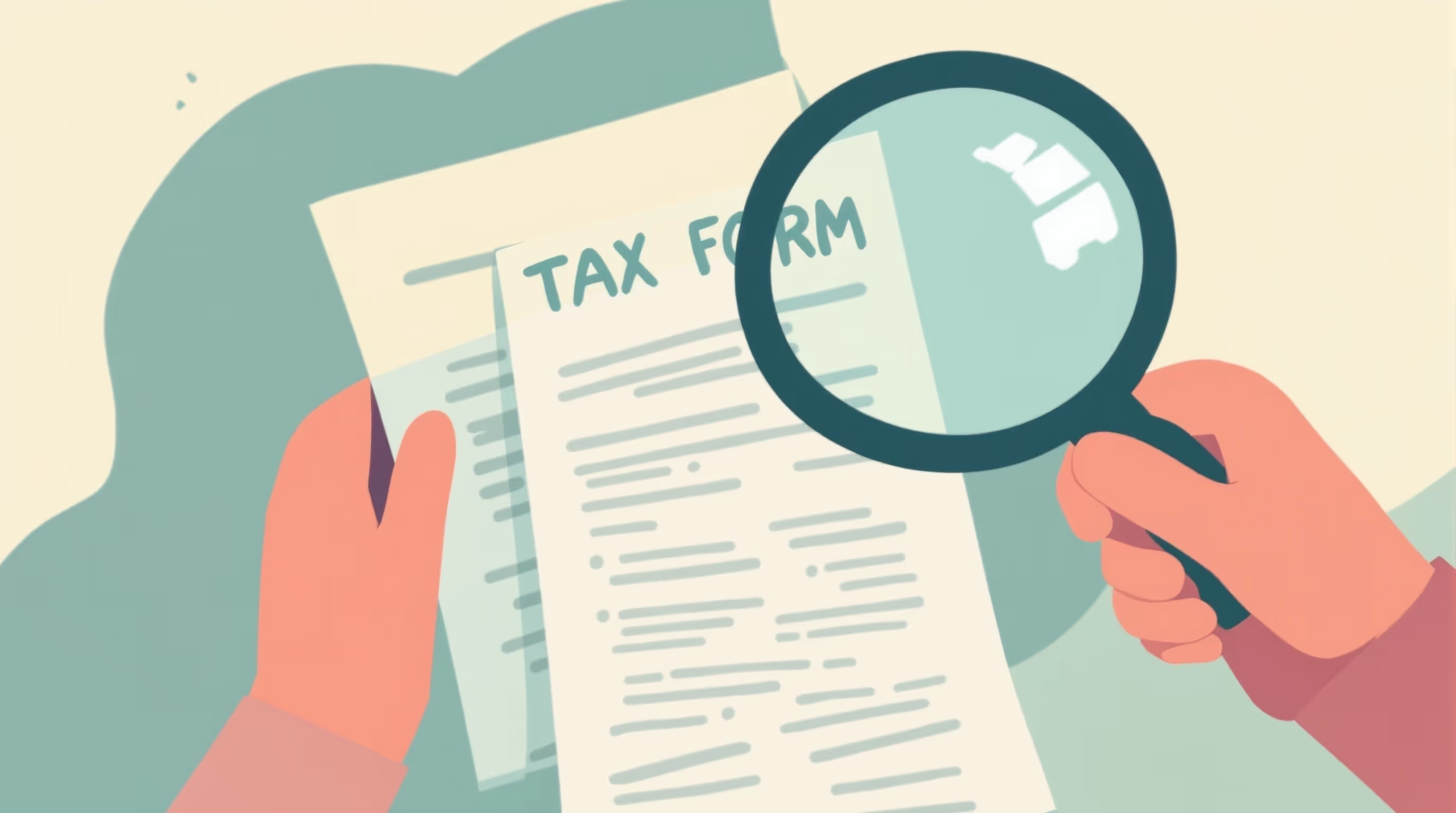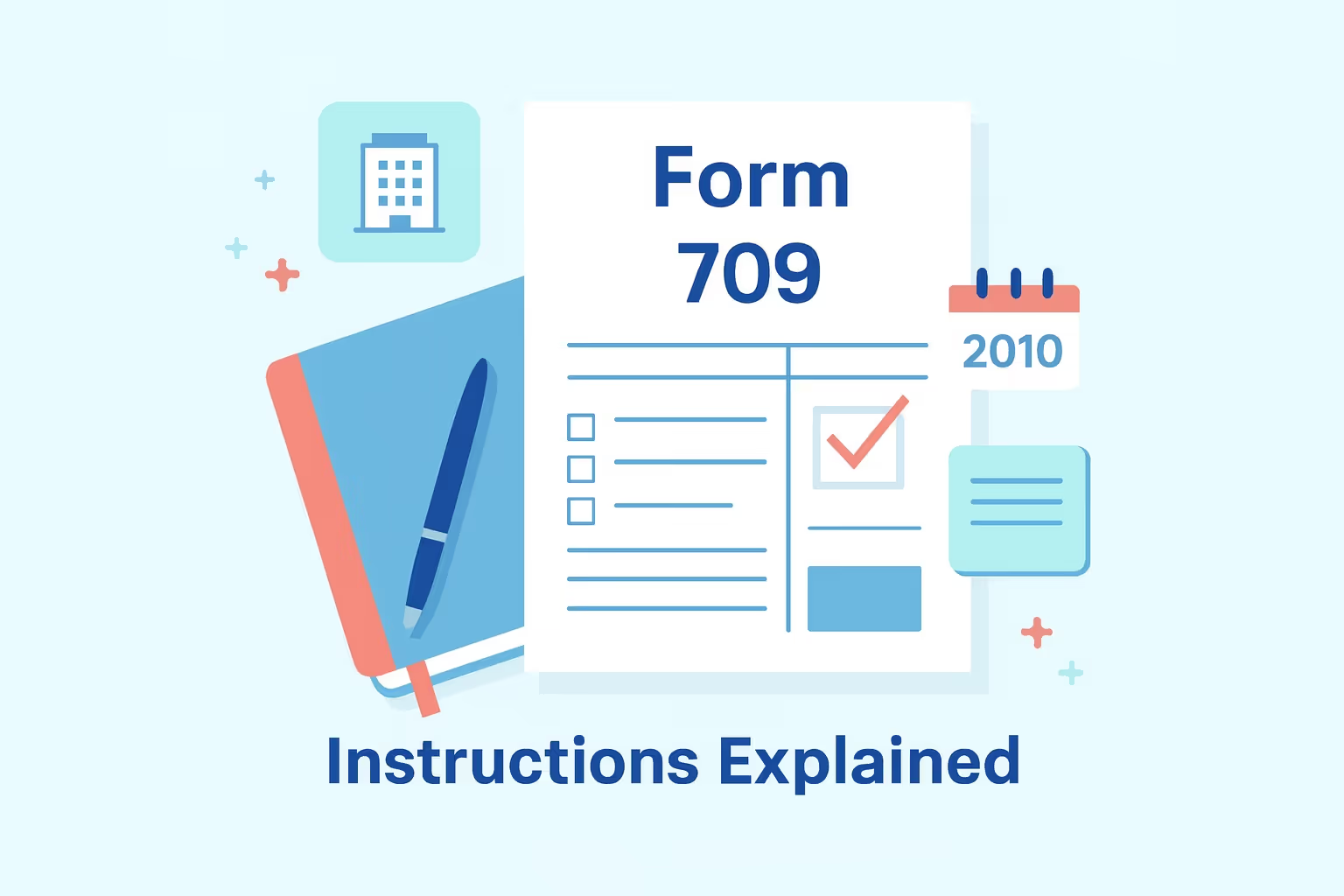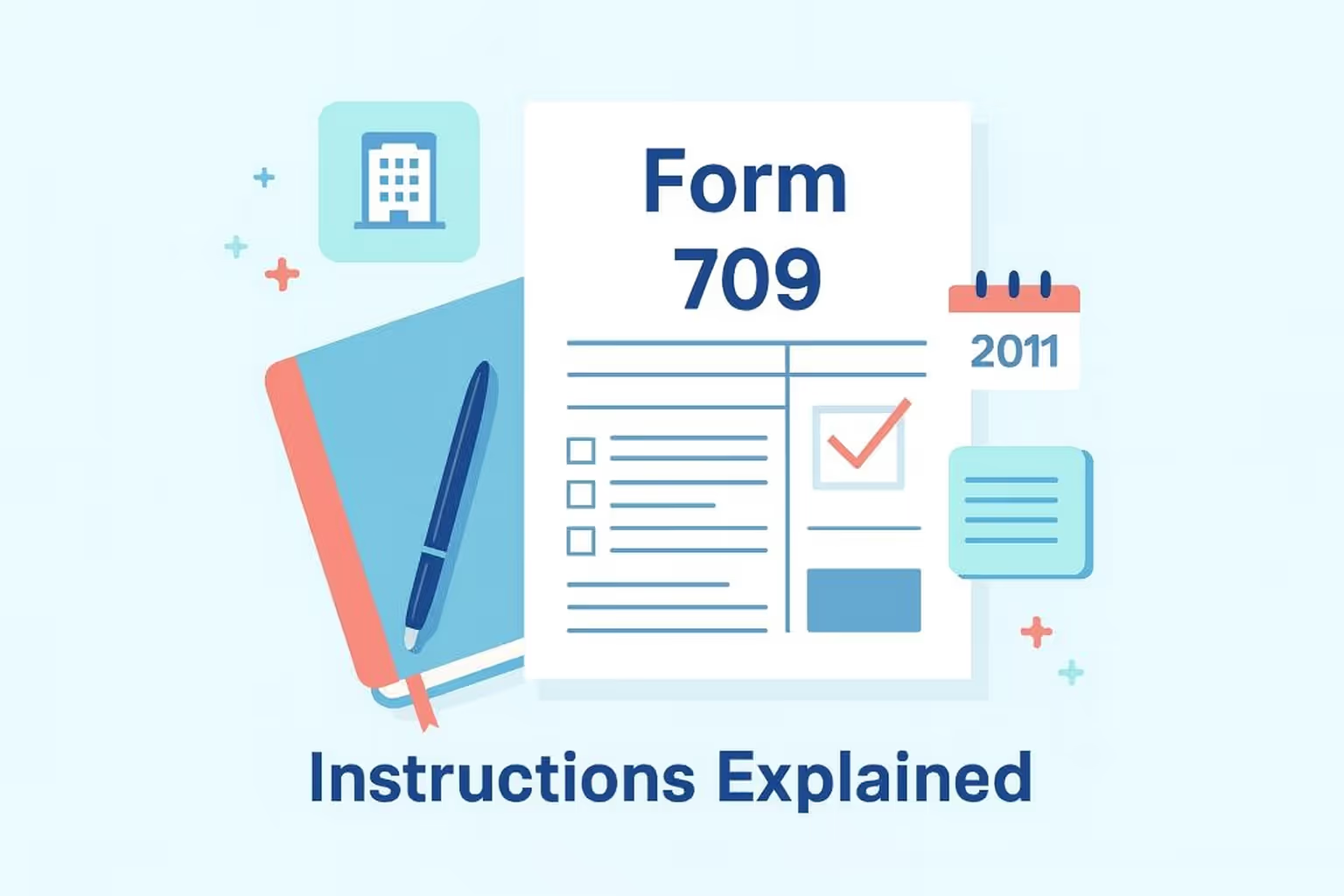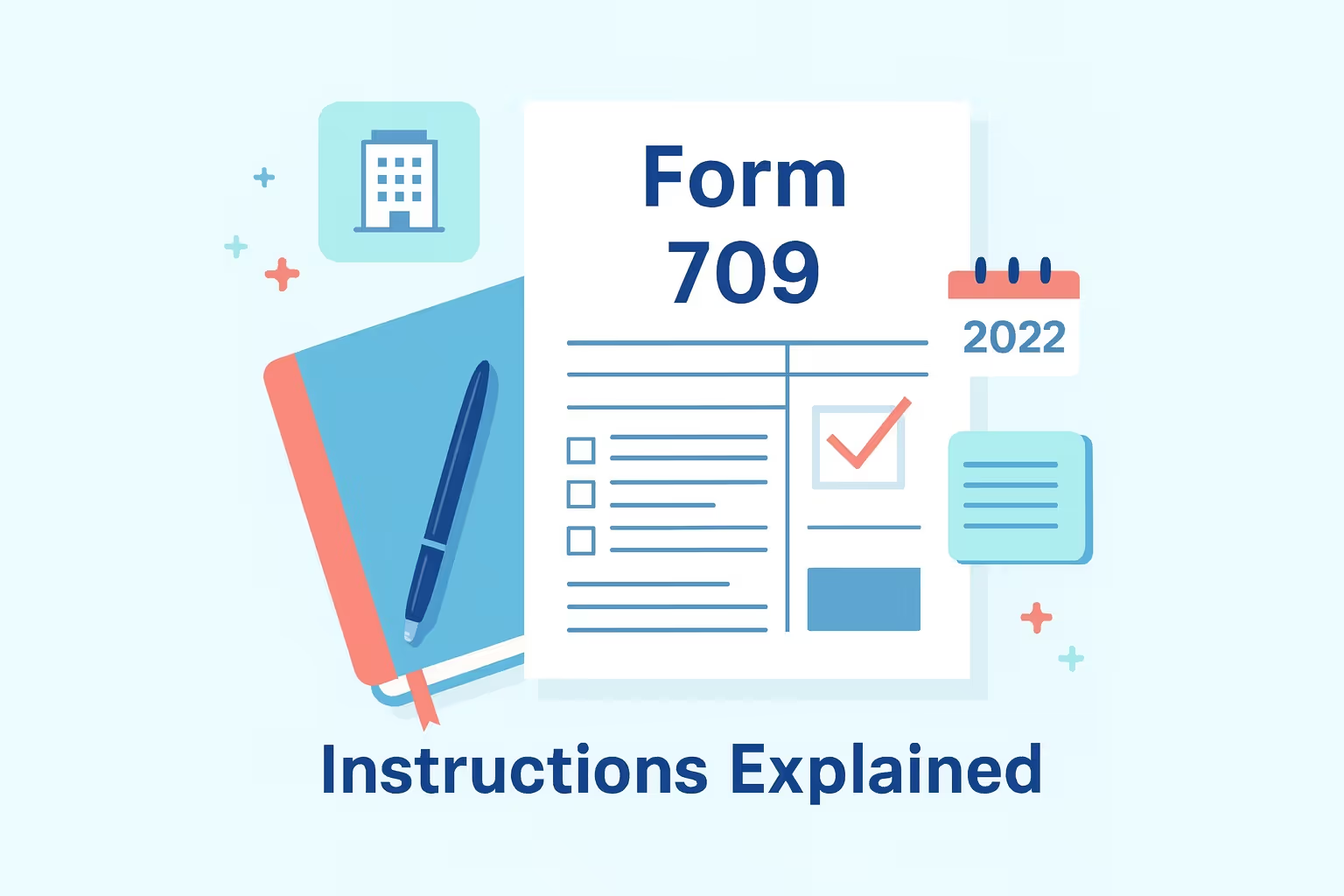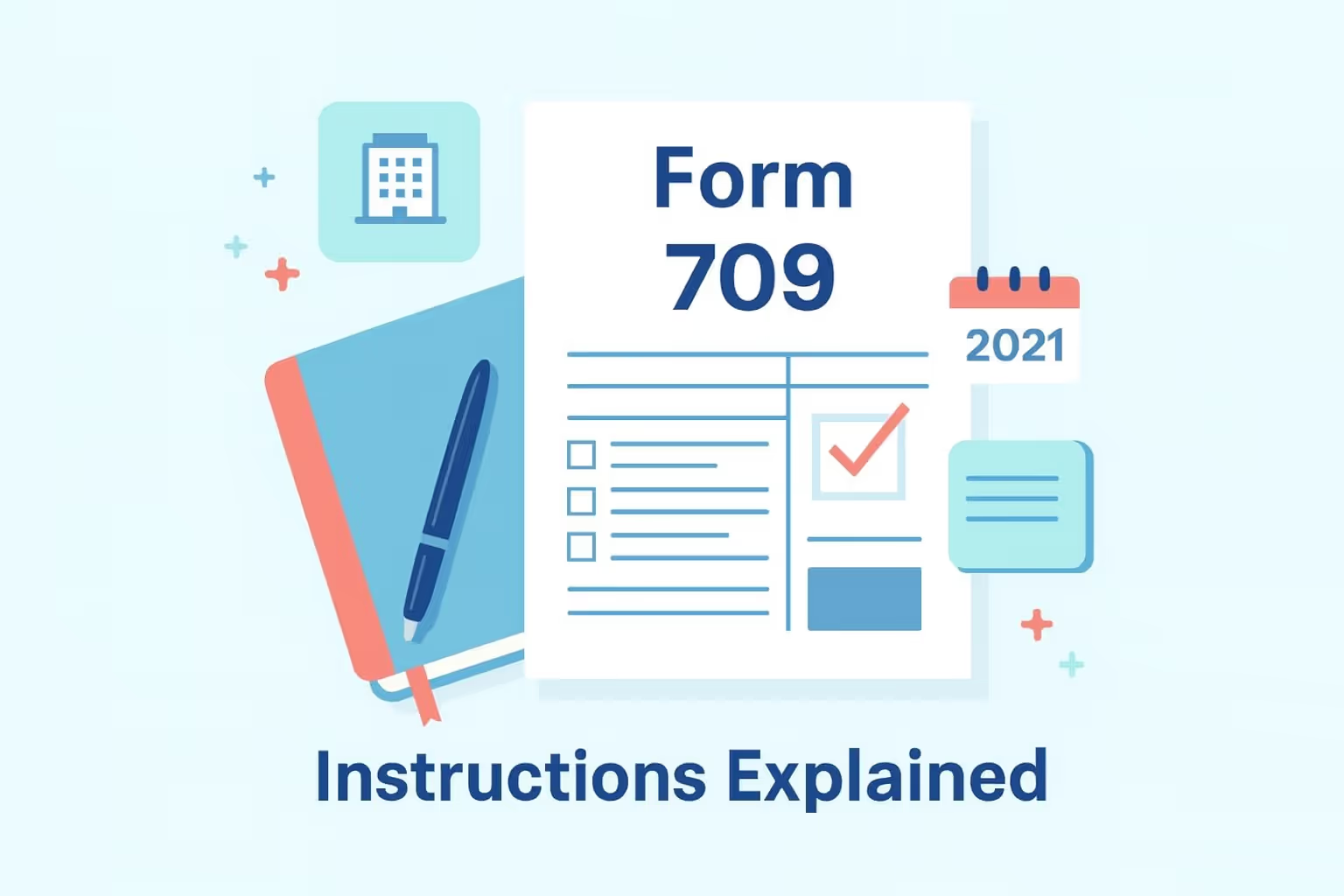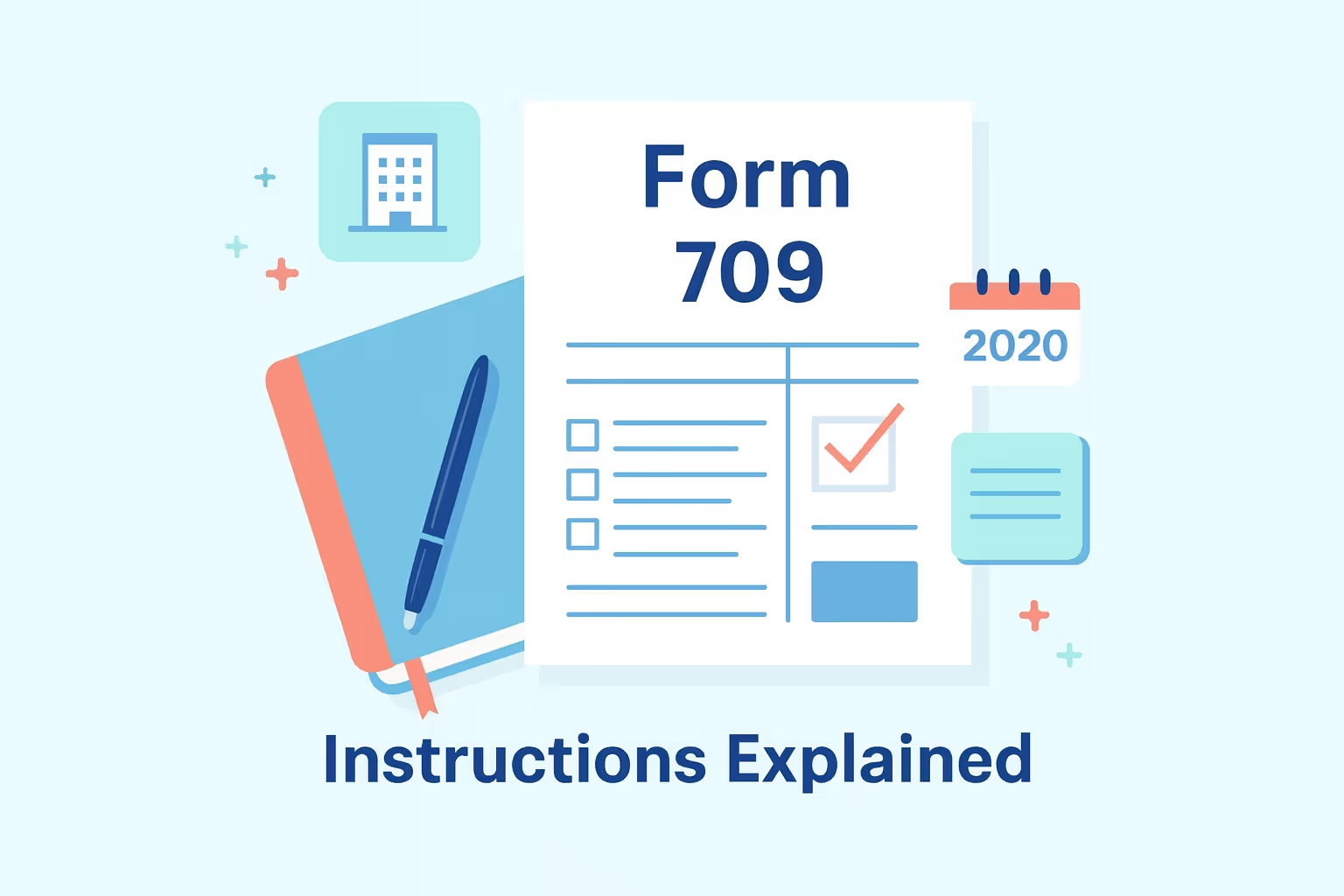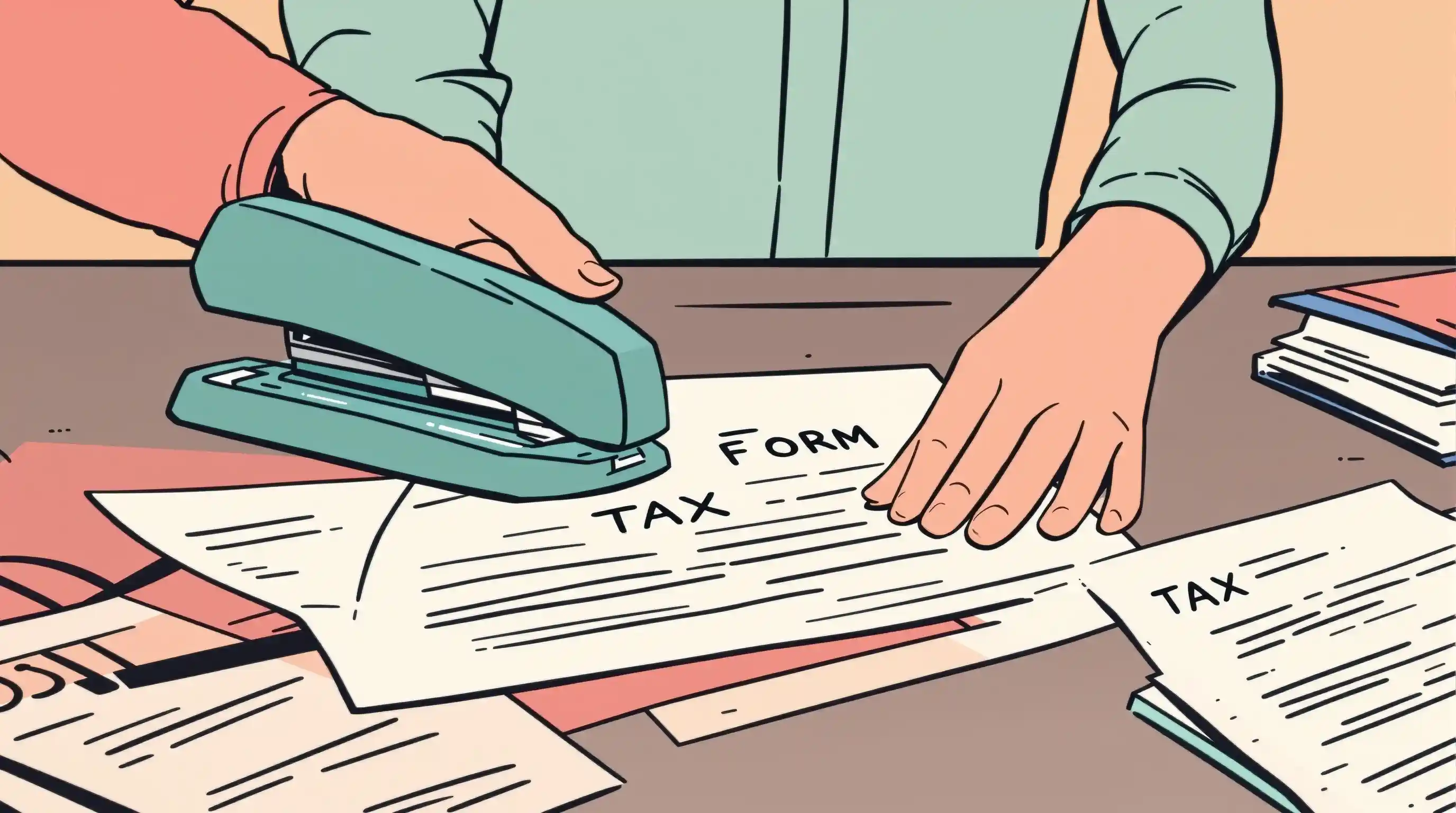
What IRS Form 706 (2021) Is For
IRS Form 706 (2021) is used by the executor of a decedent’s estate to calculate and report the federal estate tax and generation-skipping transfer tax owed to the Internal Revenue Service. The form applies to estates of United States citizens or residents who died in 2021 with a total estate value, adjusted taxable gifts, and specific exemptions exceeding $11,700,000.
Executors must also file the form when electing to transfer the deceased spousal unused exclusion to a surviving spouse. This election, known as DSUE, allows the surviving spouse to use any remaining federal estate tax exemption in future years. The form ensures accurate reporting of estate assets, deductions, and transfers for tax purposes in compliance with Internal Revenue Code requirements.
For a detailed breakdown of filing requirements, eligibility rules, and step-by-step instructions, see our comprehensive IRS Form 706 (2021): Late & Amended Filing Guide.
When You’d Use Form 706 (2021)
An executor would use Form 706 for several reasons. It may be filed late, as an amended return, or when the estate meets the filing requirements. Common circumstances include:
- Filing may be required after the nine-month deadline when the original return was not submitted on time.
- The form may be used to correct mistakes or missing information from a previously filed return.
- A filing may be needed to make or fix a portability election that transfers the unused exemption to a surviving spouse.
- The form may also be submitted in response to an IRS notice about an unfiled return or unpaid balance.
Executors can generally make a late portability election up to two years after the date of death, as per Rev. Proc. 2017-34. After that period, special relief may be requested under Regulation section 301.9100-3. When amending, a new complete Form 706 should be filed and clearly marked “Supplemental Information,” with copies of the first four pages of the original return attached.
Key Rules or Details for 2021
For the 2021 tax year, the following values apply under the Internal Revenue Code:
- Basic exclusion amount: $11,700,000
- Basic credit amount: $4,625,800
- Ceiling on special-use valuation: $1,190,000
- Two-percent installment payment threshold: $1,590,000
- Annual gift tax exclusion: $15,000 per donee
Using the correct year’s amounts is essential because later years include inflation-adjusted limits. Estates should ensure accurate year identification to determine the correct estate tax owed.
For more resources on filing or understanding prior-year IRS forms, visit our guide on Estate, Gift, and Trust Forms.
Step-by-Step (High Level)
1. Gather the necessary documents
- Death certificate
- Certified copy of the will
- Prior gift tax returns (Forms 709)
- Form 712 for life insurance policies
- Supporting schedules or transcripts if amending
2. Complete the proper form
Use the 2021 revision of IRS Form 706. Complete all required schedules (A through I) and fill every Recapitulation line, even if an entry is zero.
3. Attach supporting schedules
Include Schedule F, property schedules, and any documents related to DSUE or portability elections. Attach all relevant statements or valuations to support reported values.
4. Submit the form
Mail the original 2021 estate tax returns to the IRS, Kansas City, MO, processing center. Amended returns are sent to the center in Florence, KY. Executors should keep complete copies for estate administration and records.
5. Pay estate taxes due
Payment should be made to “United States Treasury.” Executors may pay electronically or by check. Qualified estates may apply for installment agreements or deferred payments through Section 6166 elections or Form 9465.
Common Mistakes and How to Avoid Them
Many executors and taxpayers make errors when completing Form 706 (2021) for the IRS. Recognizing and avoiding these common issues helps ensure accurate estate tax reporting and prevents unnecessary delays in IRS processing.
- Missing the nine-month filing deadline: Executors sometimes overlook the filing due date, which can trigger penalties and jeopardize the surviving spouse’s portability election. Mark the deadline early and request an extension on Form 4768 when necessary.
- Undervaluing property or assets: Using informal or outdated values can lead to estate tax understatements and penalties. Always obtain qualified appraisals that reflect the fair market value on the date of death.
- Leaving Recapitulation lines blank: Blank lines can be misinterpreted during IRS review. Enter zeros where applicable to show intentional completion.
- Submitting unsigned returns: Missing executor or preparer signatures make the return incomplete. Review all signature fields before mailing or electronically submitting the form.
Proper review and consistent documentation help executors avoid unnecessary delays or IRS correspondence.
Learn more about how to avoid business tax problems in our guide on How to File and Avoid Penalties.
What Happens After You File
The IRS generally processes estate tax returns within nine to eighteen months. During this time, the return may be reviewed for accuracy or selected for audit. Executors will receive correspondence if additional information or documentation is needed.
If the estate cannot pay the tax in full, payment plans may be established through Form 9465, or the estate may qualify for Section 6166 installment payments over ten years. Estate tax closing letters are not issued automatically; they must be requested at least nine months after filing. Account transcripts requested through Form 4506-T or the Transcript Delivery System can confirm receipt and acceptance of the return.
FAQs
What is IRS Form 706 (2021) used for?
IRS Form 706 (2021) reports the federal estate tax and generation-skipping transfer tax owed by a decedent’s estate. It also helps determine the value of property, exemptions, and any tax due for the 2021 tax year.
Who must file an estate tax return for 2021?
An executor must file an estate tax return if the decedent’s estate value exceeds $11,700,000 or if the deceased spousal unused exclusion election is made. Estates for United States residents and citizens are subject to these filing rules.
What is the deadline to file Form 706 after death?
Form 706 must be filed within nine months of the date of death. Executors may request an extension. Late filing can result in penalties imposed by the Internal Revenue Service, unless reasonable cause is demonstrated.
How does the generation-skipping transfer tax apply?
The generation-skipping transfer tax applies to direct skips and generation-skipping trusts that transfer assets to persons two or more generations below the decedent. Executors must report and pay any tax owed under these specific IRS forms.
Can a married couple benefit from a portability election?
Yes, a married couple may benefit when the executor elects to transfer the deceased spousal unused exclusion. This allows the surviving spouse to apply the unused exemption to future estate and gift tax purposes.
Are nonresident estates required to file Form 706 NA?
Yes, the estates of a nonresident, not a citizen of the United States, must file Form 706-NA if U.S. property or assets are subject to federal estate taxes. The process follows similar Internal Revenue Service reporting rules.
How are deductions and expenses treated in the estate tax process?
Deductions reduce the taxable estate value. Allowable expenses include funeral costs, debts, and administrative fees. Executors should ensure all deductions are reported correctly to determine the estate’s final tax owed and to qualify for exemptions.








